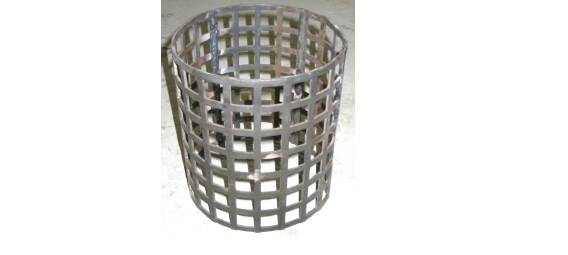1 M.A.Sc. Candidate, Department of Civil Engineering, McMaster University, Hamilton, ON, L8S 4L7, Canada, joyalmp@mcmaster.ca
2 Joe Ng/JNE Consulting Chair in Design, Construction and Management in Infrastructure Renewal, Center for Effective Design of Structures, Department of Civil Engineering, Hamilton, ON, L8S 4L7, Canada, taitm@mcmaster.ca
3 Professor Emeritus, Centre for Effective Design of Structures, Department of Civil Engineering, Hamilton, ON, L8S 4L7, Canada, drysdale@mcmaster.ca
ABSTRACT
A study was undertaken to assess the feasibility and effectiveness of lateral confining devices molded into concrete block for improved ductility. Production trials of the proposed Self-Reinforced Concrete Block (SR Block) have demonstrated that the reinforcing devices can be molded into the concrete during manufacture of the block with full compaction of the concrete achieved. This internal reinforcement provides lateral confinement to the enclosed volume of block and grout. The resulting triaxial state of compressive stress under axial load allows increased axial compressive strains to be developed along with increased compressive strength of the confined volume. A preliminary series of prism tests were conducted to compare the performance of SR Block to similar unreinforced block prism specimens. The results indicate improved plasticity due to the presence of the confining devices within the block. Despite spalling of the unconfined portions of the block at high strains, the SR Block specimens retained load carrying capacities in excess of the peak capacity of similar unreinforced/unconfined block prisms at strains beyond 2% with no visible damage to the confining devices.
KEYWORDS: compressive strain, concrete block, confinement, ductility, self-reinforced, seismic performance
451.pdf



